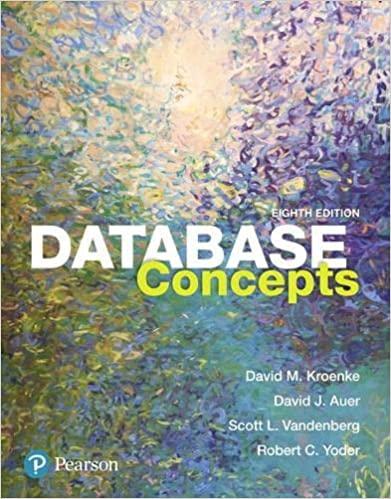Answered step by step
Verified Expert Solution
Question
1 Approved Answer
Q3. Consider the following code fragment: 1 pid_t pid; 2 pid = fork(); 3 if (pid == 0) { /* child process */ 4 fork();

Step by Step Solution
There are 3 Steps involved in it
Step: 1

Get Instant Access to Expert-Tailored Solutions
See step-by-step solutions with expert insights and AI powered tools for academic success
Step: 2

Step: 3

Ace Your Homework with AI
Get the answers you need in no time with our AI-driven, step-by-step assistance
Get Started


